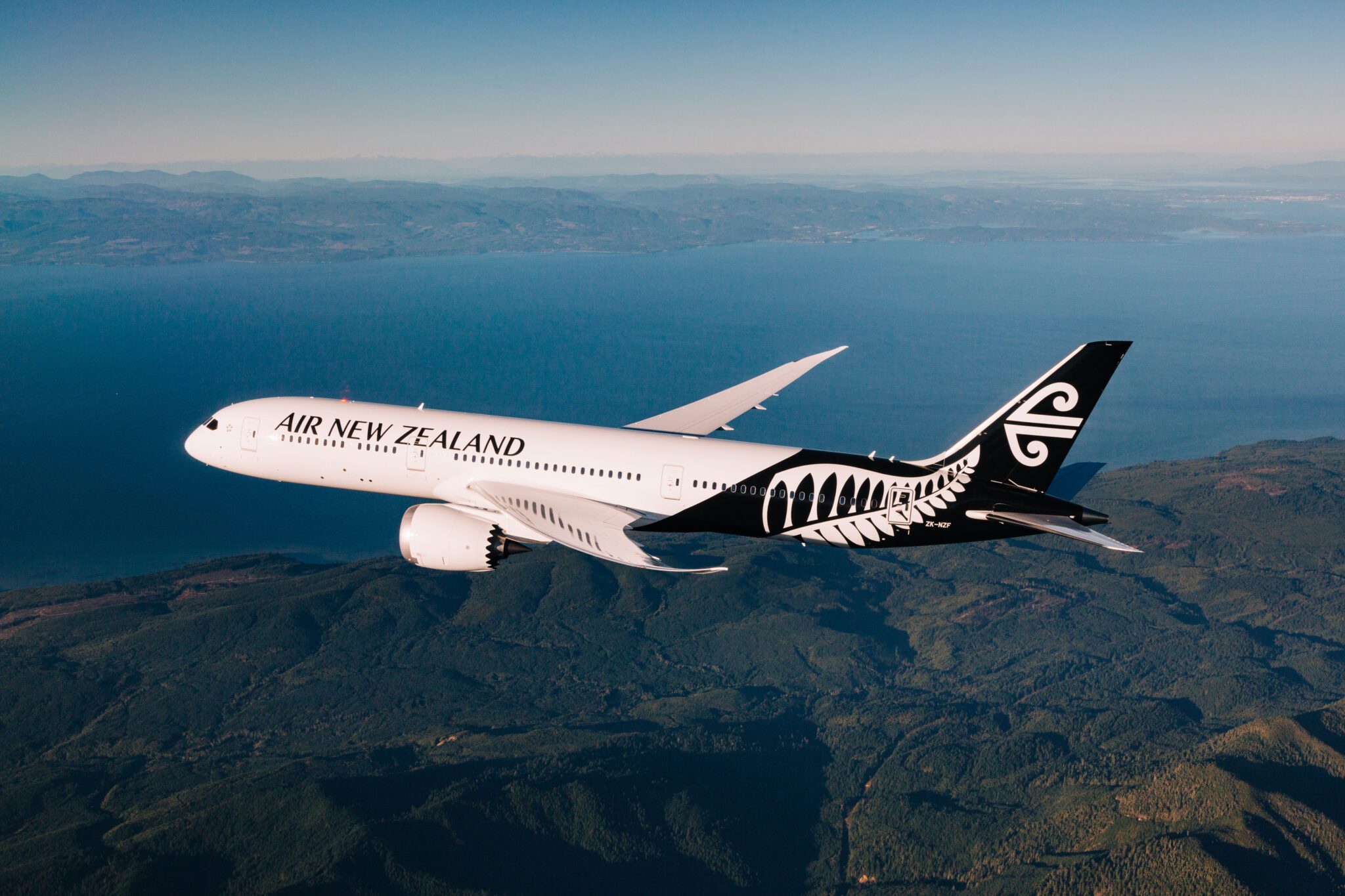Air New Zealand Scraps 2030 Climate Goal — Will Other Airlines Follow?

Skift Take
Air New Zealand is pulling out of an international sustainability program. The flag carrier confirmed on Tuesday that it will abandon its 2030 carbon target and withdraw from the Science Based Targets initiative (SBTi).
The move makes the company the first major airline anywhere in the world to drop such a high-profile climate goal.
It was only two years ago that Air New Zealand adopted a target to cut its 2019-level emissions by 29% before the end of the decade. This represented a hugely ambitious goal compared to the 5% reduction agreed by the global aviation industry.
Why is Air New Zealand Scrapping the Target?The Auckland-based airline said Tuesday’s decision followed “careful consideration.” It added that “many of the levers needed to meet the target, including the availability of new aircraft, the affordability, and availability of alternative jet fuels, and global and domestic regulator

